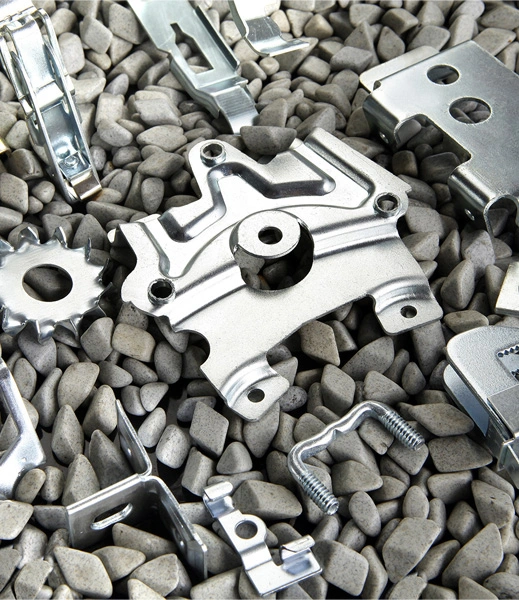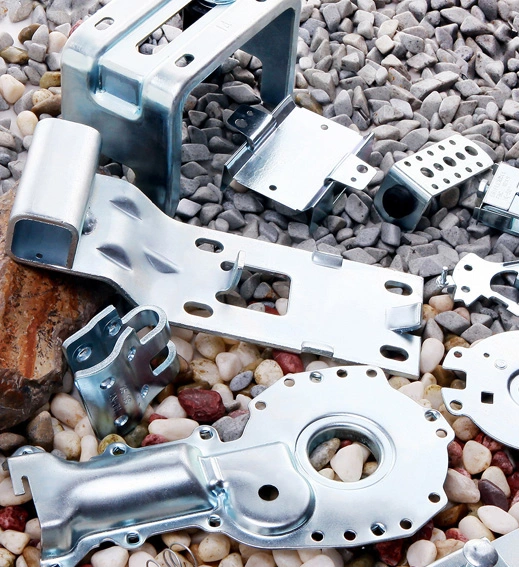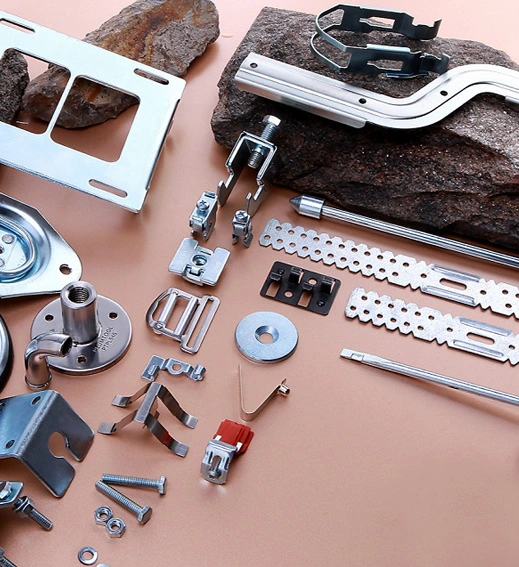
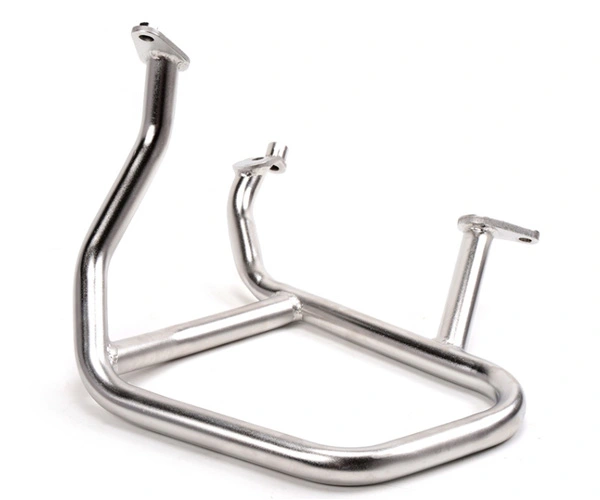
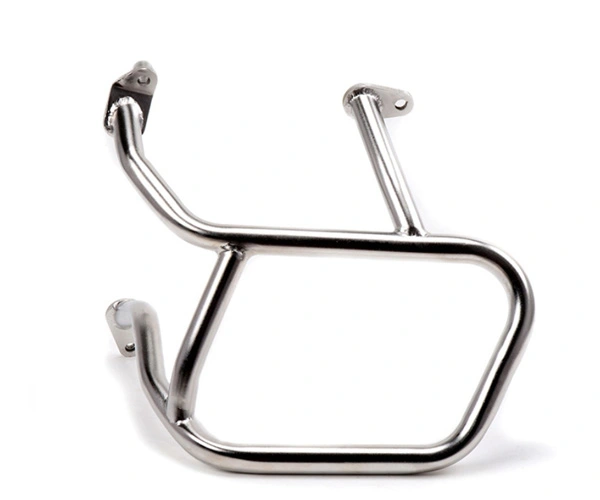
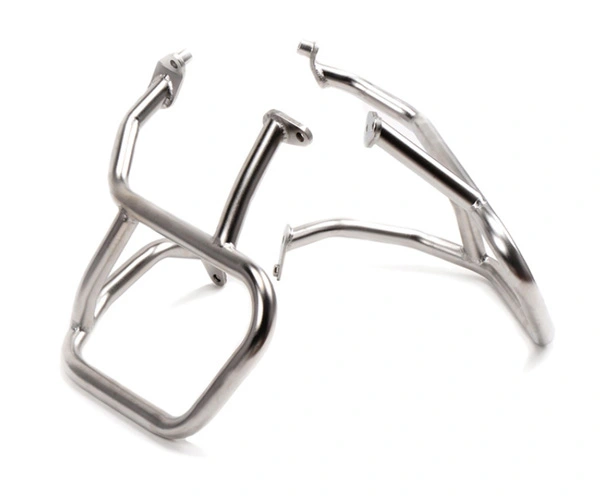
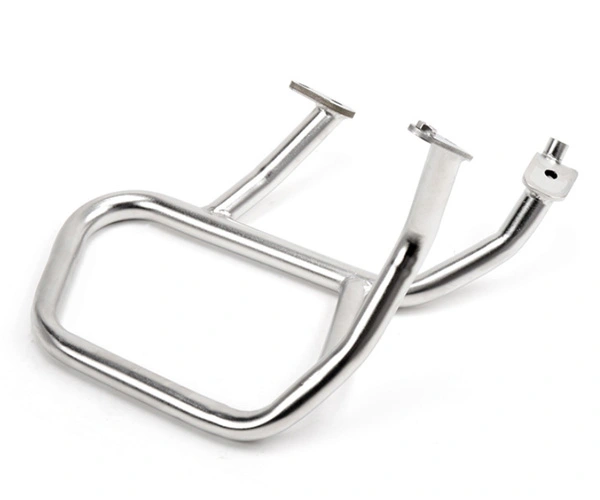






Material: SS304/SS316
Surface: Mirror Polished
Customized Size
Tolerance:±0.1mm
Tube bending and welding, cart handle, pipe bending
Firstly, let's talk about the methods for bending stainless steel pipes. Currently, there are two main methods for bending stainless steel pipes in the market:
The first method, cold bending method: This method mainly relies on a bending machine to perform multiple operations for forming. This method is easily limited by the diameter of the steel pipe, and generally can only bend and process steel pipes between 1CM-5CM. Furthermore, the curvature of the bending is relatively small, and the diameter of the steel pipe is easily deformed during the bending process.
The second method, hot bending method: actually, it is to fill the stainless steel pipe with sand, and after high-temperature heat treatment, it is pulled and bent. This method is ideal for bending processing. However, there are also drawbacks, such as high processing costs, which are not suitable for large-scale orders.
Let's talk about the phenomenon of cracking in bent stainless steel pipes. There are various reasons for this situation. Generally speaking, there are four common situations: first, it occurs after stretching deformation; second, it occurs immediately when exiting from the concave mold; third, it occurs when impacted or vibrated after stretching deformation; and fourth, it occurs after a period of time or during use after stretching deformation.
The reason for this is mainly due to the low ductility of stainless steel materials, either due to high elastic modulus or high hardening index, and another situation is that the plastic deformation stage from yield to cracking of stainless steel materials is relatively short.
There are many types of stainless steel pipes, and generally speaking, austenitic stainless steel has a relatively high cold work hardening index. This type of stainless steel is a metastable and shaped material, which will undergo phase transformation during bending and processing, making it easier to form martensitic structure. However, this type of structure has a brittle phase, making it prone to cracking. If during plastic deformation, as the amount of austenite transformation increases, the content of martensite will also increase, and the excess stress will also be higher, forming a vicious cycle, resulting in cracking.
Finally, it should be noted that the deep drawing and bending processing of stainless steel pipes are different. Deep drawing, also known as drawing, stretching, or rolling, actually refers to a mechanical processing process that uses a mold to obtain a certain shape of flat blank after punching, and stamping it into various open hollow parts or reducing the diameter and increasing the height of the open hollow blank.

